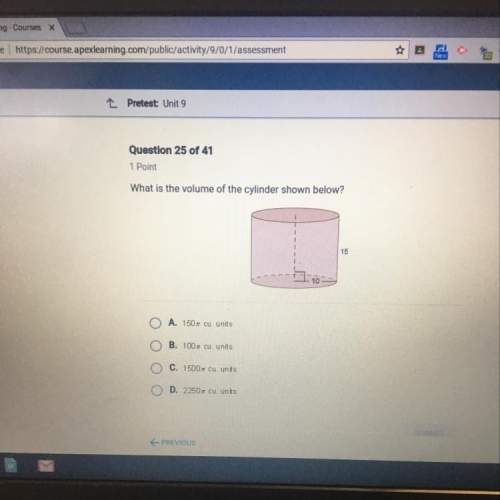
Mathematics, 01.07.2020 18:01 daniecott
A Bernoulli differential equation is one of the form dydx+P(x)y=Q(x)yn. Observe that, if n=0 or 1, the Bernoulli equation is linear. For other values of n, the substitution u=y1−n transforms the Bernoulli equation into the linear equation dudx+(1−n)P(x)u=(1−n)Q(x). Use an appropriate substitution to solve the equation y′−5xy=y3/x6, and find the solution that satisfies y(1)=1. y(x)= ?

Answers: 1


Other questions on the subject: Mathematics


Mathematics, 21.06.2019 19:00, mcccreamullinsr
How can you tell when x and y are not directly proportional?
Answers: 1

Mathematics, 21.06.2019 19:30, Victoriag2626
When 142 is added to a number the result is 64 more then 3 times the number. option 35 37 39 41
Answers: 2

Mathematics, 21.06.2019 21:30, allendraven89pds755
Which equation is true? i. 56 ÷ 4·7 = 82 ÷ (11 + 5) ii. (24 ÷ 8 + 2)3 = (42 + 9)2 neither i nor ii ii only i and ii i only
Answers: 1
You know the right answer?
A Bernoulli differential equation is one of the form dydx+P(x)y=Q(x)yn. Observe that, if n=0 or 1, t...
Questions in other subjects:

Social Studies, 21.01.2020 02:31

History, 21.01.2020 02:31



Mathematics, 21.01.2020 02:31


Geography, 21.01.2020 02:31






